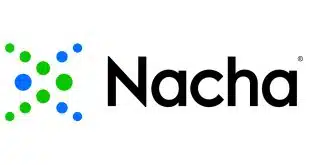Expectations of easily getting merchants ready to accept EMV credit and debit cards appear to be misaligned with the reality of the terminalization program.
That’s one finding from a survey released Thursday by The Strawhecker Group, an Omaha, Neb.-based payments consultancy. To accept EMV chip cards, merchants must have compatible point-of-sale terminals. Chip cards require insertion into a POS terminal instead of a swipe through a magnetic-stripe reader. There are an estimated 8 million U.S. merchants that accept electronic payments.
The survey, which included data from 62 payment-service providers that count 2.42 million merchants among them, found that 27% of U.S. merchants anticipate being able to accept EMV chip card payments by Oct. 1, the date upon which liability for fraudulent transactions at the point of sale shifts to the entity—whether it’s the merchant or issuer—least prepared to accept a chip card transaction.
The readiness percentage is less than the 34% that in March anticipated being ready. “It has been a little more difficult than expected to get EMV-ready as compared to when the last survey was completed,” Mike Strawhecker, principal at The Strawhecker Group, tells Digital Transactions News via email. “The biggest hurdles mentioned in the survey were third-party processor readiness and gateway readiness.”
If the 27% figure from the most recent survey is extended to the broader merchant population, more than 2.1 million will be ready. There are variations in forecasts in how well prepared merchants are for EMV transactions. Visa Inc., meanwhile, in figures released this week, said 301,000 merchant locations were EMV-ready in August. That would mean only 4% of merchants were ready two months before the liability shift to accept EMV payments, since most merchants use one terminal to accept all card brands.
More realistic expectations are that it will take a few years for a strong majority of U.S. merchants to be EMV-ready. The Strawhecker Group predicts that the readiness rate will hit 44% by the end of December, but not reach 90% until 2017.
The pace of adoption is influenced by merchants’ perceived risk of fraud. Those with a lower likelihood for fraud, such as restaurants, may not have the same sense of urgency as merchants that sell products that tend to be sold easily as stolen goods, like consumer electronics.
Merchants with high fraud exposure should prepare, Strawhecker says, including those who sell expensive products or items like electronics, household appliances and jewelry.
And, just the sheer size and fragmentation of the U.S. payments industry, especially when compared to other industrialized nations that already have made the chip move, makes the process more challenging, Strawhecker says. In many of these nations, the number of issuers was less, or there was a mandate to convert.





